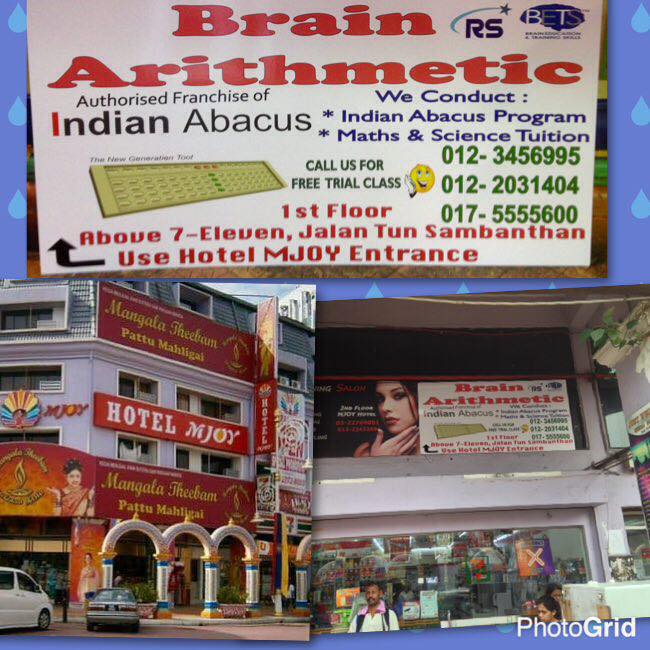

It was designed to calculate astronomical positions. The Antikythera mechanism is believed to be the earliest known mechanical analog computer, according to Derek J.

The Antikythera mechanism, dating back to ancient Greece circa 150–100 BC, is an early analog computing device. The Online Etymology Dictionary states that the use of the term to mean "'calculating machine' (of any type) is from 1897." The Online Etymology Dictionary indicates that the "modern use" of the term, to mean 'programmable digital electronic computer' dates from "1945 under this name theoretical from 1937, as Turing machine". The Online Etymology Dictionary gives the first attested use of computer in the 1640s, meaning 'one who calculates' this is an "agent noun from compute (v.)". By 1943, most human computers were women. During the latter part of this period women were often hired as computers because they could be paid less than their male counterparts. The word continued with the same meaning until the middle of the 20th century. 2.4.2 Vacuum tubes and digital electronic circuitsĪ human computer, with microscope and calculator, 1952Īccording to the Oxford English Dictionary, the first known use of computer was in a 1613 book called The Yong Mans Gleanings by the English writer Richard Brathwait: "I haue read the truest computer of Times, and the best Arithmetician that euer breathed, and he reduceth thy dayes into a short number." This usage of the term referred to a human computer, a person who carried out calculations or computations.Peripheral devices allow information to be retrieved from an external source and they enable the result of operations to be saved and retrieved. Peripheral devices include input devices (keyboards, mice, joystick, etc.), output devices (monitor screens, printers, etc.), and input/output devices that perform both functions (e.g., the 2000s-era touchscreen). The processing element carries out arithmetic and logical operations, and a sequencing and control unit can change the order of operations in response to stored information. The speed, power and versatility of computers have been increasing dramatically ever since then, with transistor counts increasing at a rapid pace (as predicted by Moore's law), leading to the Digital Revolution during the late 20th to early 21st centuries.Ĭonventionally, a modern computer consists of at least one processing element, typically a central processing unit (CPU) in the form of a microprocessor, along with some type of computer memory, typically semiconductor memory chips. The first semiconductor transistors in the late 1940s were followed by the silicon-based MOSFET (MOS transistor) and monolithic integrated circuit (IC) chip technologies in the late 1950s, leading to the microprocessor and the microcomputer revolution in the 1970s. The first digital electronic calculating machines were developed during World War II. More sophisticated electrical machines did specialized analog calculations in the early 20th century. Early in the Industrial Revolution, some mechanical devices were built to automate long tedious tasks, such as guiding patterns for looms.
ABACUS CLASSES NEAR ME MANUAL
Simple manual instruments like the abacus have aided people in doing calculations since ancient times. Computers power the Internet, which links billions of other computers and users.Įarly computers were meant to be used only for calculations. Simple special-purpose devices like microwave ovens and remote controls are included, as are factory devices like industrial robots and computer-aided design, as well as general-purpose devices like personal computers and mobile devices like smartphones. This term may also refer to a group of computers that are linked and function together, such as a computer network or computer cluster.Ī broad range of industrial and consumer products use computers as control systems. A computer system is a "complete" computer that includes the hardware, operating system (main software), and peripheral equipment needed and used for "full" operation. These programs enable computers to perform a wide range of tasks. Modern computers can perform generic sets of operations known as programs. Middle row: Early vacuum tube computer ( ENIAC), Supercomputer (IBM Summit)īottom row: Video game console (Nintendo GameCube), Smartphone ( LYF Water 2)Ī computer is a digital electronic machine that can be programmed to carry out sequences of arithmetic or logical operations ( computation) automatically.

Top row: Automatic mechanical calculator (1820) ( Difference Engine), First-generation computer ( Colossus computer) Computers and computing devices from different eras.


 0 kommentar(er)
0 kommentar(er)
